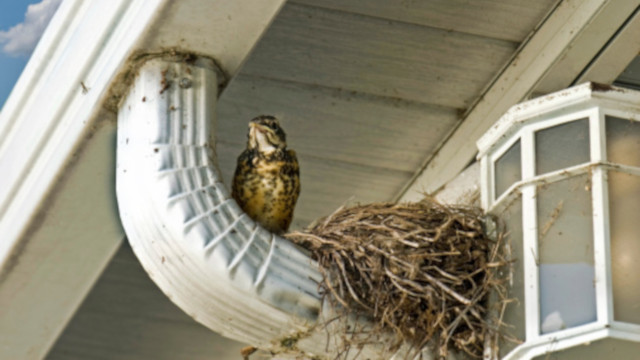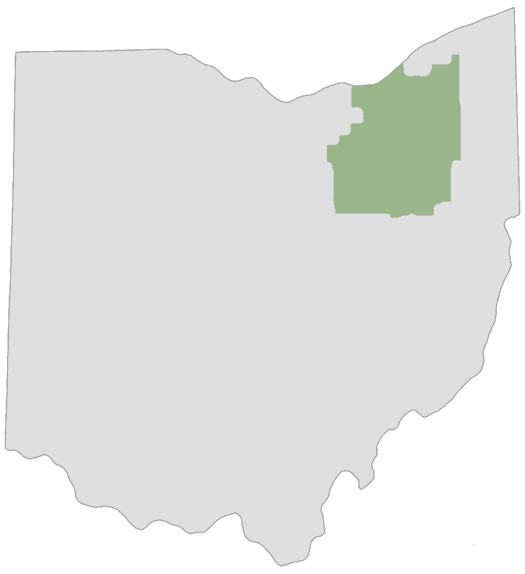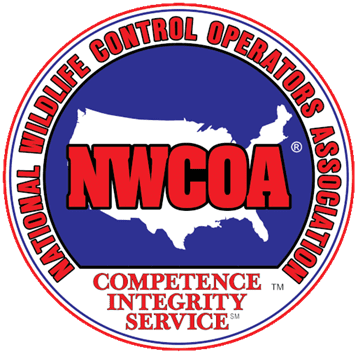Birds are usually a welcome and attractive addition to our yards, with bird feeders and birdbaths a common addition to the garden. However, birds nesting around the home can cause damage and health issues if not controlled.

Birds do not always build their nests in safe or suitable locations. The gutters, dormers, eaves, and porches of homes are common places to find active bird nests. As a homeowner, your first reaction is to remove the nest. Before you remove, alter, or interfere with a nest, you need to determine whether or not your action is legal. Most birds are protected by state and federal wildlife laws. Tampering with or removing a nest or eggs could lead to hefty fines or other penalties.
An active nest is a nest with eggs or brooding adults in it. If the nest is abandoned or no eggs have yet been laid it can be removed. Nests of invasive birds, such as house sparrows or European starlings, however, are not protected in Ohio. It is important to identify the type of birds nesting before taking any action.
Why Disturb Birds Nesting?
In some circumstances, it may be necessary to remove a bird nest. Sometimes it is for the safety of the birds, other times it may be necessary to prevent damage to your home. For example, it is reasonable to remove a nest in the following scenarios:
- The nest is empty and unused at the end of the breeding season
- It has damage to the point that it is not usable by future nesting birds
- It is in a dangerous location and parent birds or chicks could become stressed or injured
- Clearing an old nest from a birdhouse for future use
In most cases, it is only after the nesting season has ended and the chicks have fledged that it is safe (and legal) to remove bird nests. When deciding to remove bird nests from your home, we recommend that you contact a competent wildlife control service to handle the problem for you.





